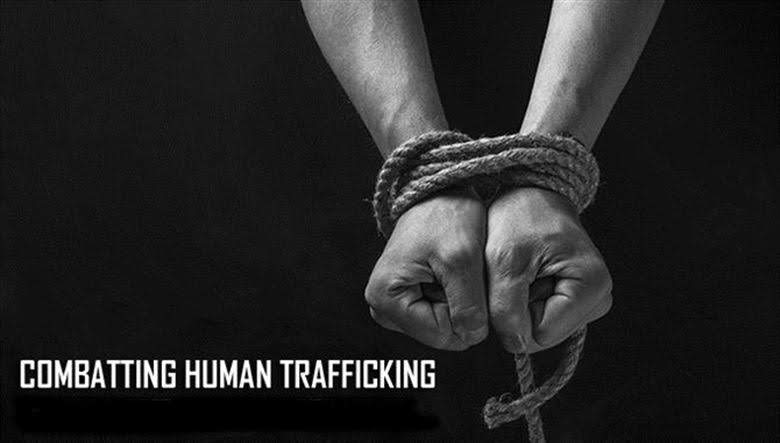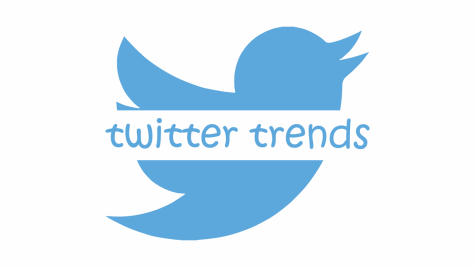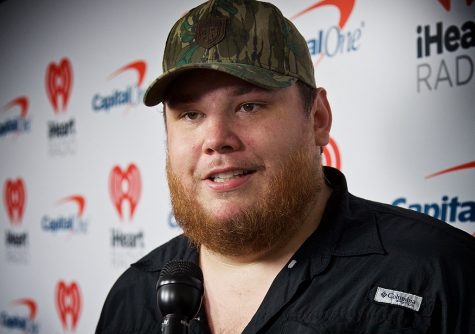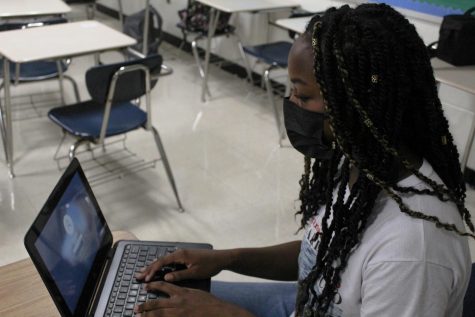How we all can fight human trafficking
Our state of Georgia is well known for the Georgia Aquarium, World of Coke, and Atlanta Falcons. But our state’s capital also houses something much more sinister: a human trafficking economy valued at 290 million dollars. The crime, defined by Webster’s dictionary as “organized criminal activity in which human beings are treated as possessions to be controlled and exploited,” has long been one of the biggest concerns of law enforcement and citizens alike. Because this issue is so close to home, people may wonder what can be done to keep themselves and others safe. What exactly are the warning signs of human trafficking and what can be done to prevent it?
First, it’s important to recognize who exactly is most vulnerable to this modern-day slavery. The Polaris Project, an organization with the goal of aiding victims of human trafficking, lists poverty, a history of physical abuse, substance abuse issues, and involvement in the foster care system among a myriad of potential vulnerabilities. But because human trafficking is such a complex issue, its victims have no basic profile. The Polaris Project contests the idea that human trafficking victims can be discerned by a stereotypically scared and timid demeanor. The organization recommends that people pay attention to red flags within relationships, such as controlling and threatening behavior, rather than relying on demeanor alone.
Vigilance is key to preventing victimhood for yourselves and others. Learning the indicators of a possible human trafficker is a good place to start. Asymmetric relationships, wherein one person is much older or wealthier than the other is listed as a possible red flag for human trafficking by the Polaris Project. Employment opportunities with unclear or suspiciously easy duties or extreme relocation requirements with few details from the employer are included as red flags as well. Balanced amounts of power and/or information between both parties is a good way to ensure that an employment opportunity or relationship is legitimate, and not a foray into a possible trafficking situation.
Perhaps the most feared type of trafficking and certainly the most pervasive, accounting for 79 percent of trafficking according to the United Nations Office on Drugs and Crime (UNODC), is sex trafficking. For this particularly heinous branch of the crime, women and girls along with LGBT youth, are especially at risk. It’s important to know common avenues of sex trafficking—massage parlors, strip clubs, bars, and restaurants—to identify individuals in need of help.
In aiding these victims and hopefully preventing others, it is extremely important that people distinguish the facts of human trafficking from the misconceptions. Recognize that participation in any kind of commercial sex, forced or not, is considered sex trafficking if the person is less than 18 years of age. While some may believe that trafficking involves some abduction of a victim from one place to another, the CDC writes that a victim does not necessarily have to be physically transported anywhere to be abused. In fact, the UNODC reports that the major forms of trafficking are intraregional and domestic in nature, meaning it’s not a problem exclusive to those far from home. Human trafficking can occur anywhere and can affect anyone.
Because human trafficking preys on those already in socially disadvantaged situations, it is beyond important that victims are viewed with compassion and not stigma, which UNICEF cites as a major hindrance to victims who might otherwise seek help. Staying cognizant of this issue and having compassion are key in the fight against this crime. If you or someone you know is being trafficked or suspect that this may be the case, call the Human Trafficking Hotline at 1 (888) 373-7888 for help.






